-
 bitcoin
bitcoin $114320.977035 USD
-0.40% -
 ethereum
ethereum $4152.439985 USD
-1.75% -
 tether
tether $1.000111 USD
-0.04% -
 xrp
xrp $2.843037 USD
-1.63% -
 bnb
bnb $1013.349380 USD
-1.62% -
 solana
solana $208.362767 USD
-2.10% -
 usd-coin
usd-coin $0.999783 USD
0.00% -
 dogecoin
dogecoin $0.232559 USD
-1.00% -
 tron
tron $0.333491 USD
-1.09% -
 cardano
cardano $0.806310 USD
0.19% -
 hyperliquid
hyperliquid $45.023720 USD
-1.59% -
 ethena-usde
ethena-usde $1.000819 USD
-0.06% -
 chainlink
chainlink $21.241249 USD
-2.11% -
 avalanche
avalanche $30.035416 USD
-0.66% -
 stellar
stellar $0.364984 USD
-2.05%
How do I open a Bitcoin futures position?
Bitcoin futures allow traders to speculate on BTC's future price without owning it, using leverage on platforms like CME or Binance, but require careful risk management.
Sep 27, 2025 at 02:37 am
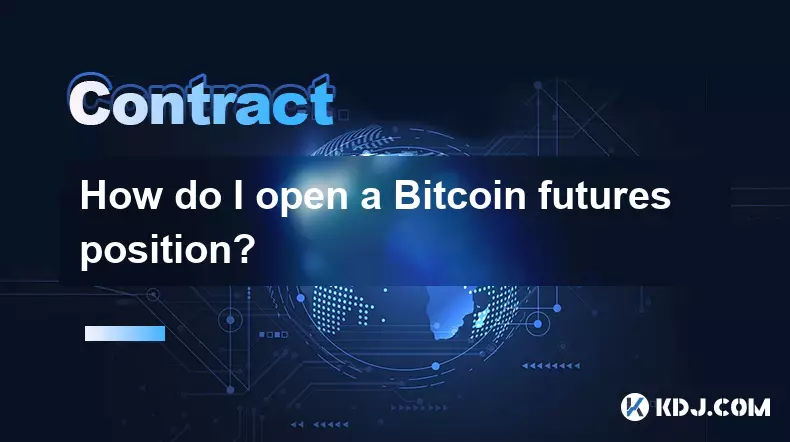
Understanding Bitcoin Futures Contracts
1. Bitcoin futures are financial derivatives that allow traders to speculate on the future price of Bitcoin without owning the underlying asset. These contracts obligate the buyer to purchase, or the seller to sell, a specific amount of Bitcoin at a predetermined price on a set date in the future.
2. Major regulated exchanges such as CME (Chicago Mercantile Exchange) and Deribit offer Bitcoin futures with standardized terms including contract size, expiration dates, and settlement methods—either cash-settled or physically delivered.
3. Traders use these instruments for hedging existing crypto holdings or for leveraged speculation. Leverage allows control over large positions with relatively small capital, amplifying both potential gains and risks.
4. Each futures contract has a defined multiplier. For example, one CME Bitcoin futures contract represents 5 BTC, meaning the exposure is tied directly to Bitcoin’s market value at the time of settlement.
5. Market participants must understand key concepts like mark price, funding rates (in perpetual futures), and liquidation levels, especially when trading on platforms that offer high leverage.
Selecting the Right Trading Platform
1. Choose an exchange that supports Bitcoin futures and aligns with your regulatory environment and risk tolerance. Centralized platforms like Binance, Bybit, and OKX dominate the crypto-native space, offering deep liquidity and advanced order types.
2. Verify whether the platform offers quarterly futures, perpetual contracts, or both. Perpetuals do not have an expiry date and rely on funding mechanisms to keep the contract price close to the spot market.
3. Assess the fee structure, including taker and maker fees, and consider how often you plan to enter and exit positions. High-frequency traders benefit from lower fees and tighter spreads.
4. Check available leverage options. Some platforms allow up to 100x leverage, which can lead to rapid liquidations if risk management is not strictly applied.
5. Ensure the exchange provides robust security measures, including two-factor authentication, withdrawal whitelisting, and insurance funds to protect against insolvency during volatile moves.
Executing Your First Futures Trade
1. Deposit funds into your futures wallet within the exchange. This may require transferring USDT, BUSD, or native coins like BTC depending on the margin type supported—cross or isolated.
2. Navigate to the futures trading interface and select the desired Bitcoin contract. Decide between long (buy) and short (sell) based on your market outlook.
3. Set your position size carefully. Over-leveraging even on strong signals can result in total loss due to sudden volatility or slippage during high-impact news events.4. Use limit orders to enter at precise price points or market orders for immediate execution. Be cautious with market orders during low-liquidity periods to avoid unfavorable fills.
5. Always place stop-loss and take-profit orders to automate risk control. Emotional decision-making during fast-moving markets often leads to larger-than-expected losses.Frequently Asked Questions
What is the difference between isolated and cross margin?Isolated margin allocates a fixed amount of equity to a single position, limiting potential losses to that amount. Cross margin uses the entire balance in the futures wallet as collateral, reducing the chance of liquidation but exposing more funds to risk.
How does funding rate affect my futures position?Funding rates are periodic payments exchanged between long and short traders in perpetual contracts. If you hold a long position when funding is positive, you pay shorts; if negative, you receive payments. These accrue every 8 hours and impact net profitability over time.
Can I close my futures position before expiration?Yes. Most futures contracts, including perpetuals and quarterly expiries, can be closed at any time by placing an opposite trade. You don’t need to hold until settlement unless pursuing delivery.
What triggers a liquidation in Bitcoin futures?Liquidation occurs when your margin balance falls below the maintenance threshold due to adverse price movement. The system automatically closes the position to prevent further losses, often exacerbated by high leverage settings.
Disclaimer:info@kdj.com
The information provided is not trading advice. kdj.com does not assume any responsibility for any investments made based on the information provided in this article. Cryptocurrencies are highly volatile and it is highly recommended that you invest with caution after thorough research!
If you believe that the content used on this website infringes your copyright, please contact us immediately (info@kdj.com) and we will delete it promptly.
- BlockDAG, DOGE, HYPE Sponsorship: Crypto Trends Shaping 2025
- 2025-10-01 00:25:13
- Deutsche Börse and Circle: A StableCoin Adoption Powerhouse in Europe
- 2025-10-01 00:25:13
- BlockDAG's Presale Buzz: Is It the Crypto to Watch in October 2025?
- 2025-10-01 00:30:13
- Bitcoin, Crypto, and IQ: When Genius Meets Digital Gold?
- 2025-10-01 00:30:13
- Stablecoins, American Innovation, and Wallet Tokens: The Next Frontier
- 2025-10-01 00:35:12
- NBU, Coins, and Crypto in Ukraine: A New Yorker's Take
- 2025-10-01 00:45:14
Related knowledge
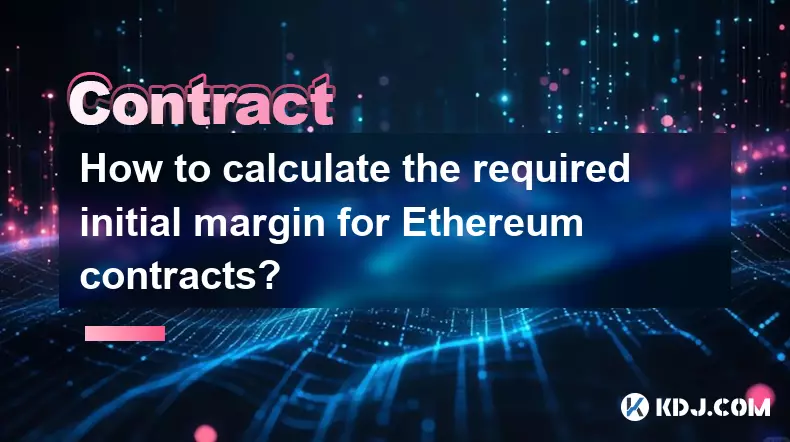
How to calculate the required initial margin for Ethereum contracts?
Oct 01,2025 at 06:01am
Understanding Initial Margin in Ethereum Futures1. The initial margin for Ethereum futures contracts represents the minimum amount of capital a trader...
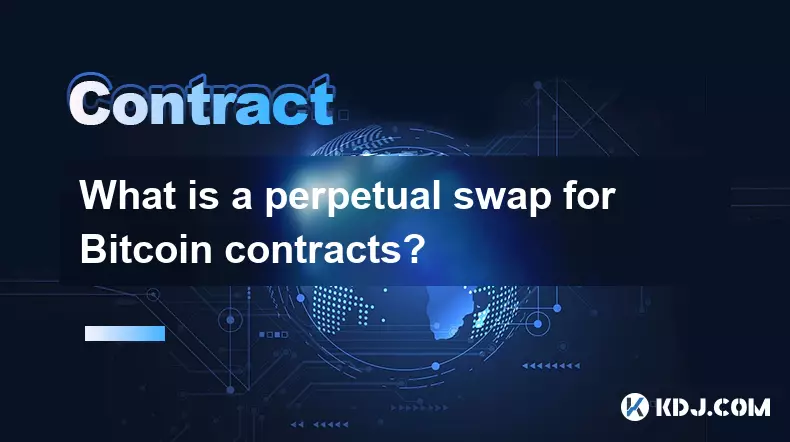
What is a perpetual swap for Bitcoin contracts?
Oct 01,2025 at 08:18am
Understanding Perpetual Swaps in Bitcoin Trading1. A perpetual swap is a type of derivative contract that allows traders to speculate on the price of ...

What is the best platform for trading SOL contracts?
Oct 01,2025 at 06:36am
Understanding the Role of Decentralized Exchanges in Modern Crypto Trading1. Decentralized exchanges (DEXs) have reshaped how traders interact with di...
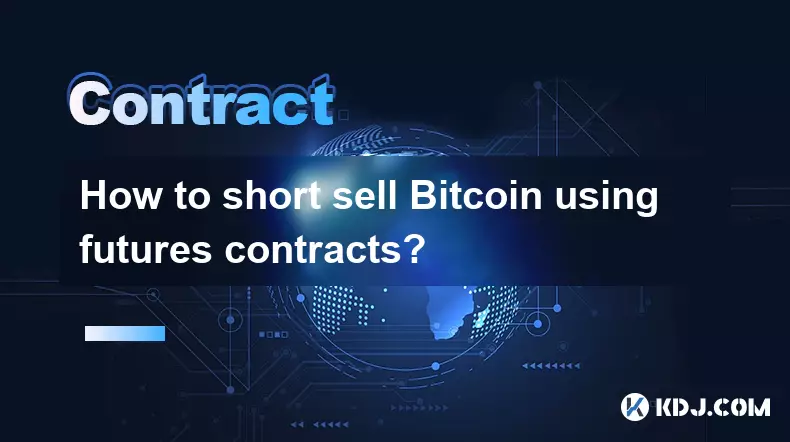
How to short sell Bitcoin using futures contracts?
Oct 01,2025 at 02:54am
Understanding the Role of Decentralized Exchanges in Crypto Trading1. Decentralized exchanges (DEXs) have become a cornerstone of the cryptocurrency e...

Are PEPE contracts a good way to trade volatility?
Oct 01,2025 at 04:18am
Understanding PEPE Contracts in the Cryptocurrency Market1. PEPE contracts, derived from the broader meme coin movement, have gained attention due to ...
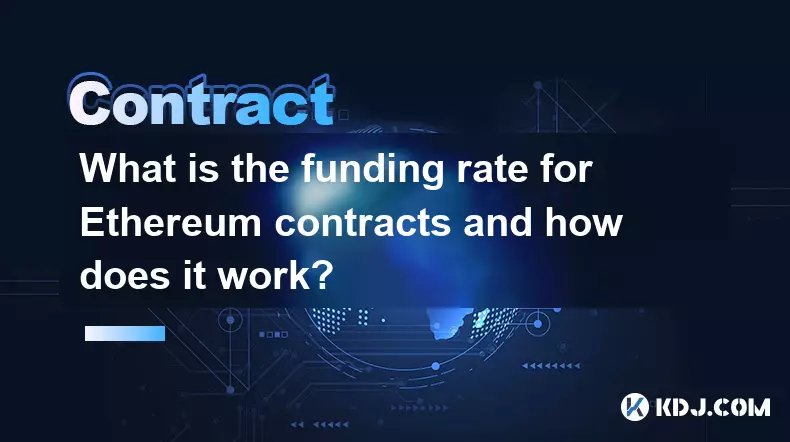
What is the funding rate for Ethereum contracts and how does it work?
Oct 01,2025 at 10:54am
Funding Rate Mechanism in Ethereum Derivatives1. The funding rate is a periodic payment exchanged between long and short positions in perpetual future...

How to calculate the required initial margin for Ethereum contracts?
Oct 01,2025 at 06:01am
Understanding Initial Margin in Ethereum Futures1. The initial margin for Ethereum futures contracts represents the minimum amount of capital a trader...

What is a perpetual swap for Bitcoin contracts?
Oct 01,2025 at 08:18am
Understanding Perpetual Swaps in Bitcoin Trading1. A perpetual swap is a type of derivative contract that allows traders to speculate on the price of ...

What is the best platform for trading SOL contracts?
Oct 01,2025 at 06:36am
Understanding the Role of Decentralized Exchanges in Modern Crypto Trading1. Decentralized exchanges (DEXs) have reshaped how traders interact with di...

How to short sell Bitcoin using futures contracts?
Oct 01,2025 at 02:54am
Understanding the Role of Decentralized Exchanges in Crypto Trading1. Decentralized exchanges (DEXs) have become a cornerstone of the cryptocurrency e...

Are PEPE contracts a good way to trade volatility?
Oct 01,2025 at 04:18am
Understanding PEPE Contracts in the Cryptocurrency Market1. PEPE contracts, derived from the broader meme coin movement, have gained attention due to ...

What is the funding rate for Ethereum contracts and how does it work?
Oct 01,2025 at 10:54am
Funding Rate Mechanism in Ethereum Derivatives1. The funding rate is a periodic payment exchanged between long and short positions in perpetual future...
See all articles










































































